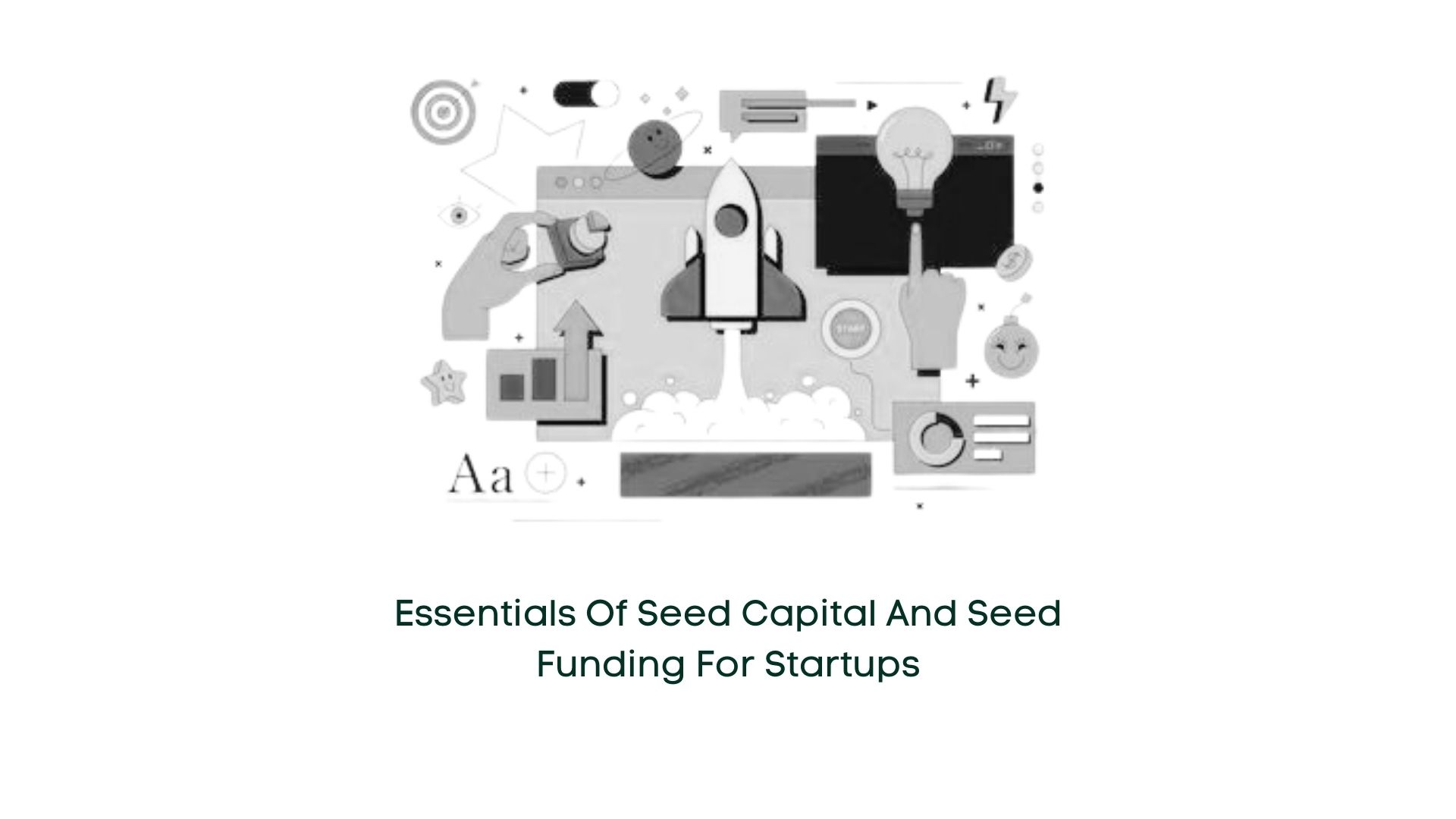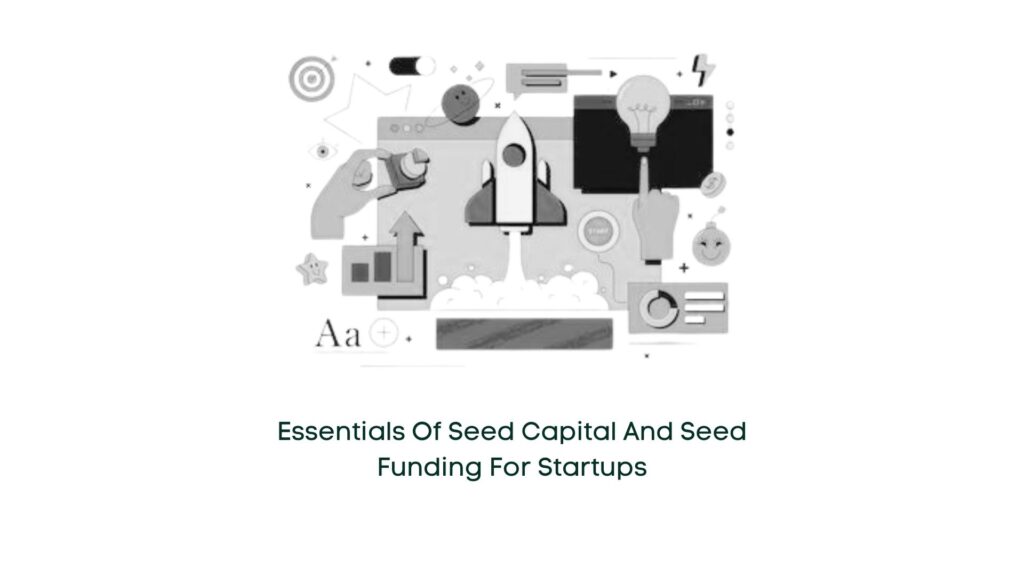
02 Mar Essentials of Seed Capital and Seed Funding for Startups

Introduction
In the realm of entrepreneurship, startups undergo various stages akin to the growth phases of a plant. Just as a seed requires nurturing and sustenance to burgeon into a thriving plant, a startup demands financial backing to explore and flourish. The financial support extended during the initial stages is referred to as seed funding, with the capital itself termed as seed capital.
Understanding Seed Capital
Seed capital represents the preliminary investment infused into launching a business. While this capital may originate from founders, acquaintances, or family members, it’s crucial to note that seed capital encompasses more than just covering initial operational expenses or sidestepping personal finances. It serves as the financial backbone for early-stage activities such as expansive market research, product development, and other foundational operations.
Significance of Seed Funding
Seed funding plays a pivotal role in refining a business idea and translating it into a viable product or service, thereby attracting potential venture capitalists. It lays the groundwork for subsequent funding rounds like Series-A. Thus, founders must strategically allocate seed capital to ensure a seamless transition to the advanced stages of business development.
Risks Associated with Seed Funding
However, seed funding is not without its risks. Predicting the trajectory of a business during its ideation phase is inherently challenging, akin to the uncertainty surrounding seed funding. Banks and venture capitalists perceive seed funding as a high-risk investment, often preferring to observe the evolution of the business idea before committing funds. Securing seed funding hinges on the founder’s ability to garner investor confidence in the business concept, showcase past successes, highlight the benefits of the product or service, and outline potential returns for investors.
Evaluation and Planning
For founders, evaluating the risk and necessity of seed funding is paramount. Each funding round entails relinquishing a portion of company ownership in exchange for capital infusion, potentially diluting control over the business. Therefore, founders must assess funding requirements meticulously, considering the long-term implications and aligning funding goals with the company’s growth trajectory.
Determining Funding Amount
Determining the optimal amount of seed funding to raise involves several considerations. It entails estimating monthly cash burn rates, engaging in dialogue with investors to fine-tune financial projections, mapping key milestones, and avoiding overvaluation or underfunding scenarios.
Formalities and Accessibility
In contrast to later funding rounds, seed funding formalities involve relatively streamlined paperwork and lower legal fees. Interest rates tend to be favorable, and there are minimal restrictions on business operations, given the nascent stage of the venture.
Securing Seed Funding
Securing seed funding has become increasingly accessible in today’s entrepreneurial landscape, with investment firms and angel investors actively seeking innovative business ideas. However, success hinges on presenting a compelling idea backed by a robust business plan. Opportunities abound for entrepreneurs with breakthrough concepts and unwavering determination.
Conclusion
In conclusion, while seed funding is instrumental in realizing entrepreneurial visions, it’s imperative not to rush into funding agreements or be swayed solely by the funding amount. Founders must carefully evaluate terms, returns, investor involvement, and alignment of vision before sealing the deal. The investor’s belief in the idea and execution strategy remains a crucial factor in the funding journey.


No Comments